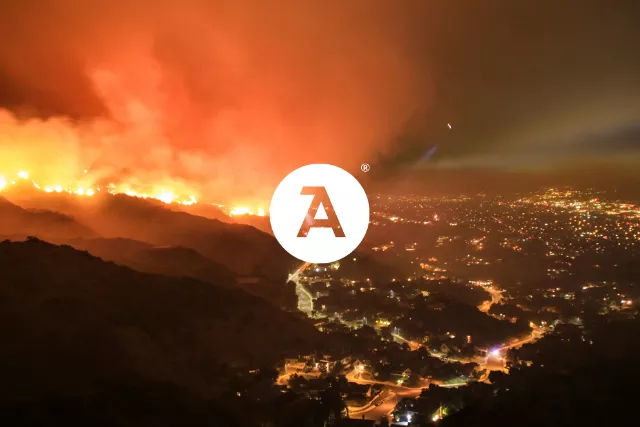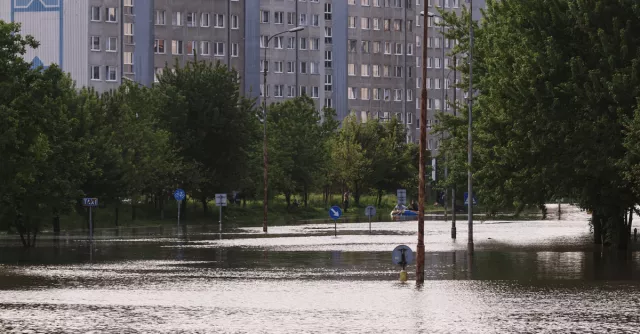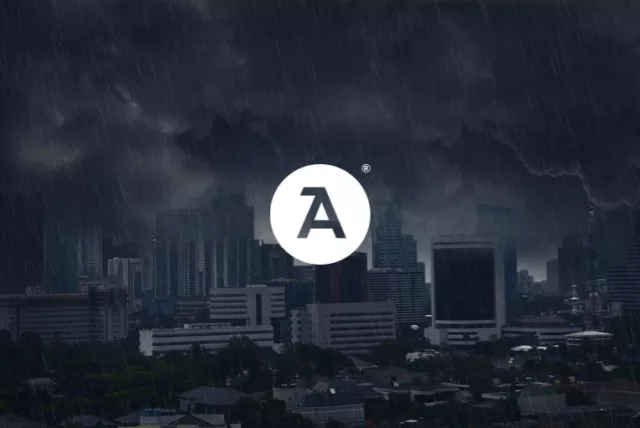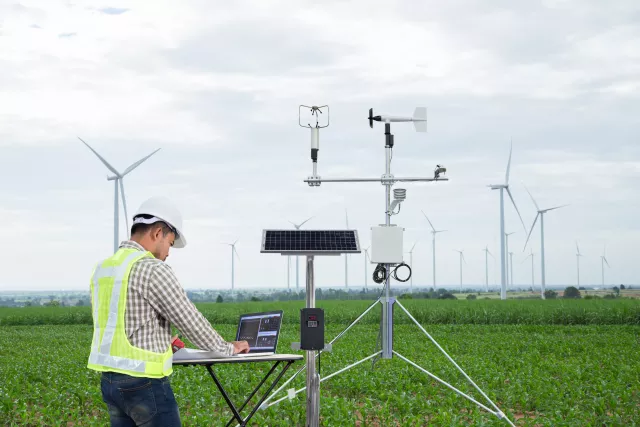2020 Wildfire Season Outlook and How to Prepare Your Employees and Business

Wildfire Season Risk, Outlook and Facts
A Wildfire season typically aligns with times when there’s an excess of dry fuels, winds and temperatures are above average, and humidity is low, which creates hot, dry conditions. Wildfire season also varies from one region to another. While there are wildfire hot zones, every region in the country faces at least some degree of wildfire impact risk.
The National Significant Wildland Fire Potential Outlook by the National Interagency Fire Center for June through September of 2020 indicates that many areas in the western United States will have above normal potential for wildfires whereas the wildfire potential in the southern states is predicted to be normal to below normal.
The aftermath of such a disaster can permeate many aspects of city life. A wildfire can cause flooding or obstruct transportation, cause problems related to gas, power, and communication, not to mention extensive damage that can be done to a property. Several factors contribute to the magnitude of wildfires and the speed at which they spread. Winds, high temperatures, and drought can convert trees, shrubs and fallen leaves into the perfect tinder for a wildfire to rage.
-
According to Verisk’s 2019 Wildfire Risk Analysis 4.5 million U.S. properties were identified at high or extreme risk of wildfire, with more than 2 million in California alone.
-
As many as 90% of wildfires in the U.S. are caused by people.
-
From January 1 to June 2, 2020 there were 19,762 wildfires compared with 14,968 wildfires in the same period in 2019, according to the National Interagency Fire Center. About 439,422 acres were burned in the 2020 period, compared with 277,745 million acres in 2019.
-
About 4.7 million acres were burned in 2019.
How to Stay Safe and Prepare Your Employees and Business
Before the wildfire:
-
Train your employees and their backups on how to use fire extinguishers and in general fire safety
-
Establish an evacuation plan and keep it up-to-date
-
Know your community’s evacuation plans and find several ways to leave the area
-
Create an emergency supply stock
-
Use fire-resistant materials when building, renovating or making repairs
-
Consider using emergency notification software to communicate alerts, updates and instructions to employees
During the wildfire:
-
Evacuate to a pre-designed shelter area
-
Listen to EAS, NOAA Radio, or local alerting systems for updates. Use a battery-operated radio, if other means of communication are unavailable.
-
Call 911 if trapped
-
Use a facemask for safe breathing
After the wildfire:
-
Listen to authorities to know if it’s safe to return
-
Document the damage
-
Contact your insurance or disaster recovery provider for assistance
Plan and Prepare for Wildfires and Covid-19 Impacts
It is important for businesses to actively consider how wildfires will have a different impact on their workforce and operations, as many companies are still actively working through continuity of operations from the pandemic.
Considerations for Businesses:
-
What to do if your employees are working from home?
-
Will your employees be able to continue work?
-
How will you know if your employees are safe? How will you communicate with them and receive check-ins from them, on any device?
-
What to do if there is an evacuation?
-
What if there is a blackout power/internet outage?
-
Do you have a backup plan for office space?
Make sure you have updated your business continuity process and solutions to compensate for these recent market conditions. Download the full preparedness checklist below.





